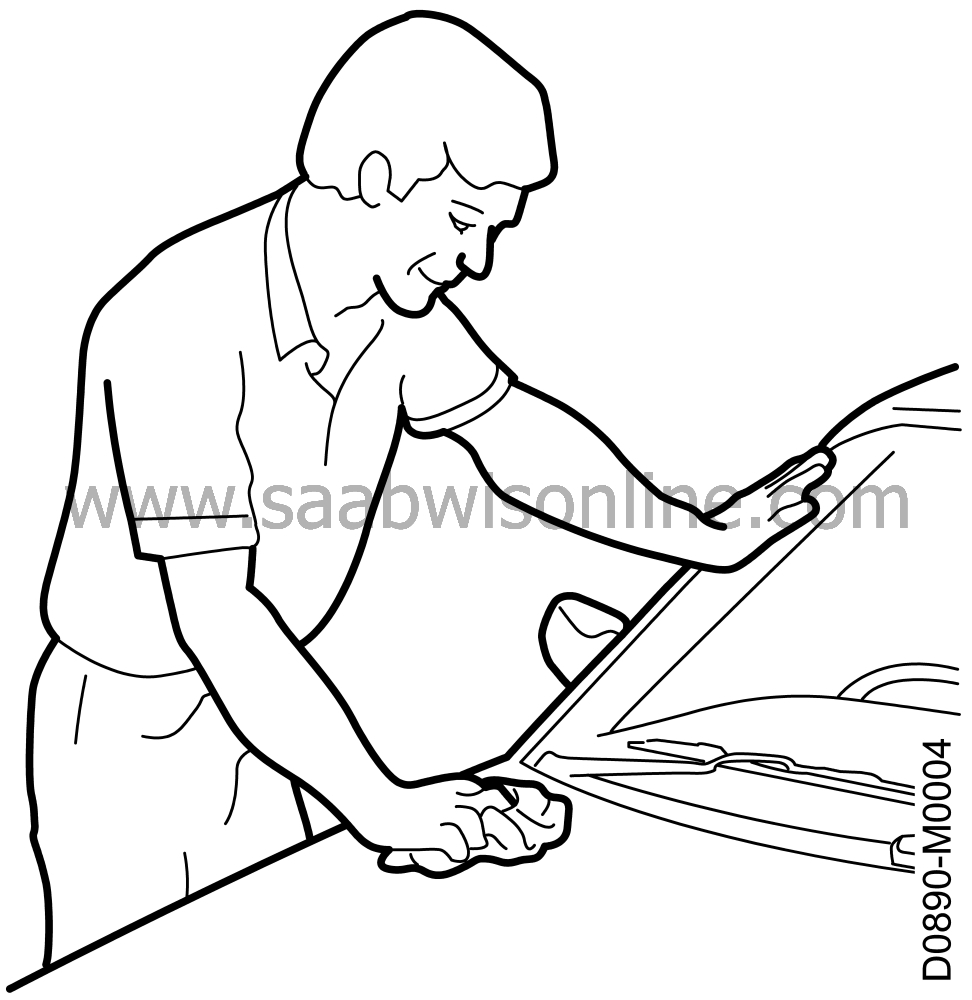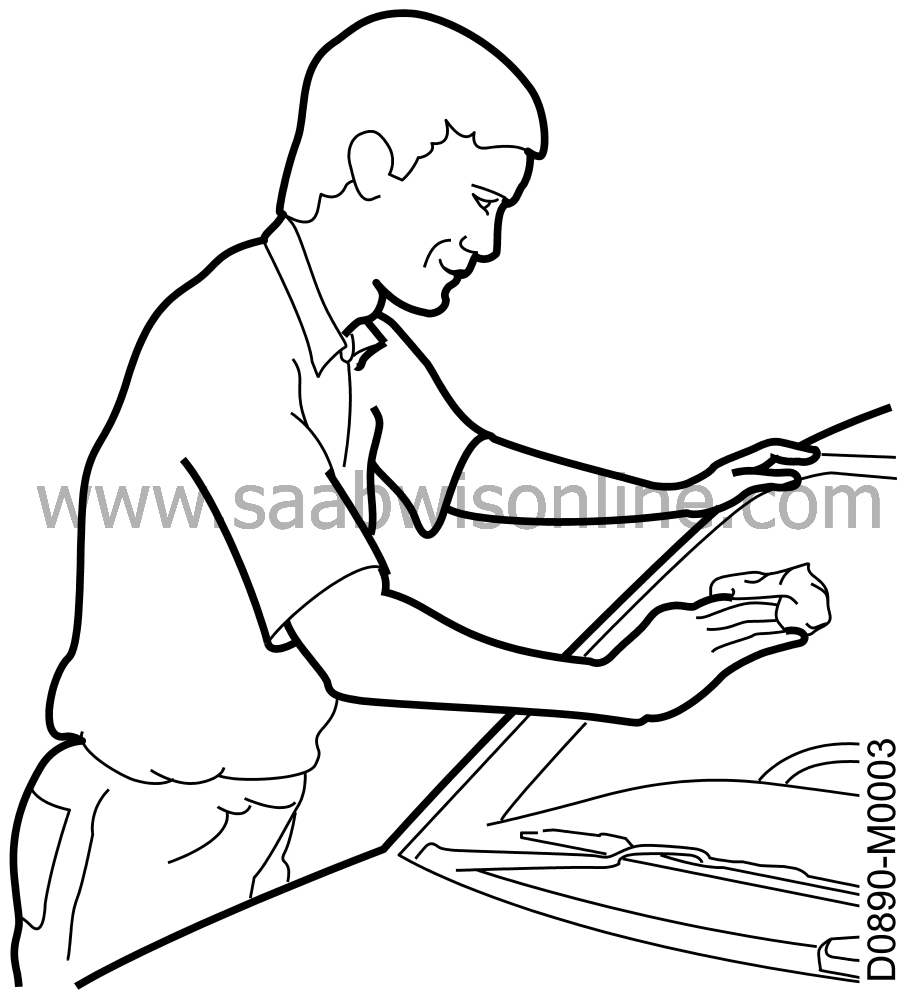Cleaning
| Cleaning |
|
|||||||
| Washing - dewaxing |
The protective film for the paintwork (paint protector) must be removed by dissolving it with a special detergent, Tempro 75 Remover.
| Materials |
| • |
Tempro 75 Remover 10 litres - 30 02 482 25 litres - 30 02 490
|
|
| • |
High-pressure power washer
|
|
| • |
Spray gun
|
|
Consumption per car wash is about 0.3-0.5 litres of concentrated Tempro 75 Remover, equivalent to about 3-5 litres of diluted detergent.
| Instructions for use |
| Important | ||
|
Tempro 75 Remover is a high-alkaline product (high pH). It should be used only on bodywork surfaces to which paint protector has been applied. |
||
| 1. |
Mix Tempro 75 Remover with hot water to a concentration of 2-4%%. If water having a lower temperature is used to rinse off Tempro 75 Remover and the paintwork protector (see point 5), the concentration should be higher (but not more than 15%%).
|
|
| 2. |
Flush loose dirt off the car with a high-pressure power washer.
|
|
| 3. |
Wet all parts of the bodywork covered by paint protector with Tempro 75 Remover, using a spray gun or the high-pressure power washer. The car should be at room temperature to ensure that the paint protector will be dissolved.
|
||||||||||
| 4. |
Allow Tempro 75 Remover to act for about three minutes. Note that it must not be allowed to dry. If it does, apply additional Tempro 75 Remover.
|
|
| 5. |
Rinse off the Tempro 75 Remover and the paint protector under high pressure with hot water (but not hotter than +60
°
C).
|
|
| 6. |
Remove any remaining paint protector using a sponge and Tempro 75 Remover.
|
|
| 7. |
Wash the car, using a car shampoo.
|
|
| Final dismantling and finishing measures |

| 1. |
Use concentrated washer fluid to clean all the windows and remove all residual grease from the windscreen and wiper blades.
|
|
| 2. |
Remove transit and storage protection from doors, floor and seats. Inspect the interior of the car for spots and stains and remove any you find.
Remove any spots and stains on the upper horizontal surface of the dashboard with a lukewarm soap solution. Rinse the surface with clean water before drying it.
|
||||||||||||||||||
| 3. |
Clean rubber mouldings, tyre sidewalls and bumpers.
|
|
| 4. |
Inspect the car, remove spots and stains. If necessary, polish the car.

|
|

 Warning
Warning

